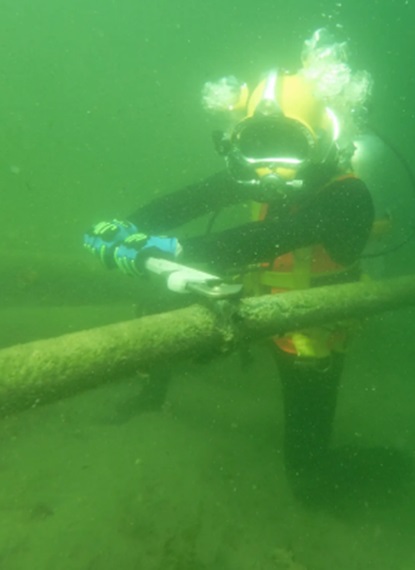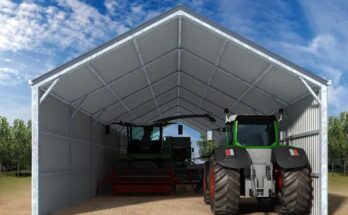
During the off-season, portable or wheeled docks are removed from the water. These docks are particularly useful in areas where heavy ice could potentially damage permanent docks. In order for them to function properly, the bottom surface must be smooth and sufficiently hard to allow the wheels to move without getting stuck. Additionally, the shoreline needs to be shallow enough to facilitate easy rolling of the dock.
Stationary docks can be used in conjunction with boat lifts. These lifts, operated by hydraulics or manual winches, elevate the boat and prevent the growth of barnacles, algae, and mussels on the pontoons.
Pontoon Boat Docks: Additional Considerations
Height: To ensure easy access to and from the boat, the decking should extend approximately 13 to 18 inches over the water’s surface.
For stationary docks installed on a sandy lake bed, pipes can be driven into the ground to secure the dock. In cases where the lake bottom is extremely rocky or clayey, a pile driver is necessary. Alternatively, if the lake has a rock-bottom, a crib can be used instead of a pile driver.
Most floating docks are connected to the shore via a gangway. The gangway is typically hinged at the top, allowing it to move up and down along with the fluctuating water level of the lake. It is equipped with wheels at the bottom to ensure smooth gliding over the deck.
Beach to Bay Dive Services started in early 2019 as a commercial dive service. Our team continues to provide our customers with the peace of mind of knowing that each concrete dock pilings will be performed correctly from conception to completion at a fair cost. Our reputation has been and continues to be our best advertisement. Recently, Beach to Bay Dive Services has transitioned to Beach to Bay Divers and Pools. Our experienced pool technicians provide a level of service and repairs that assure our pool customers have the same peace of mind as our dive service.



